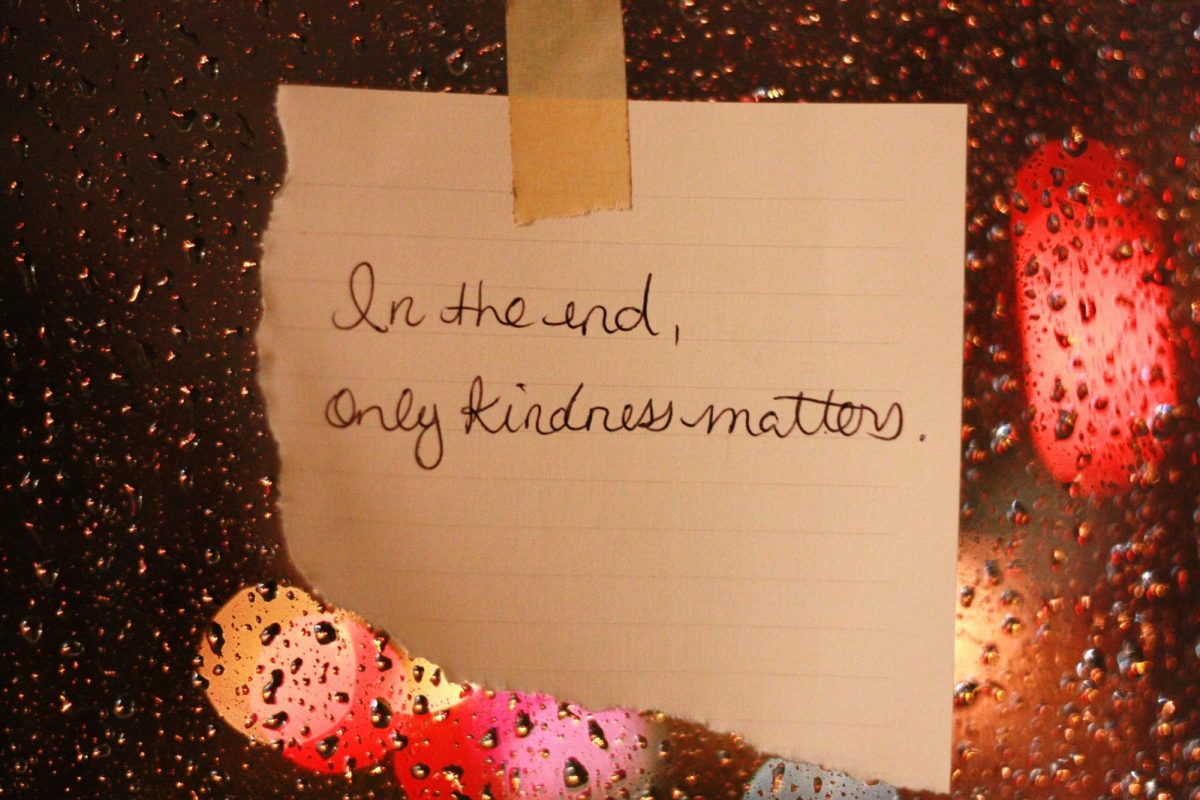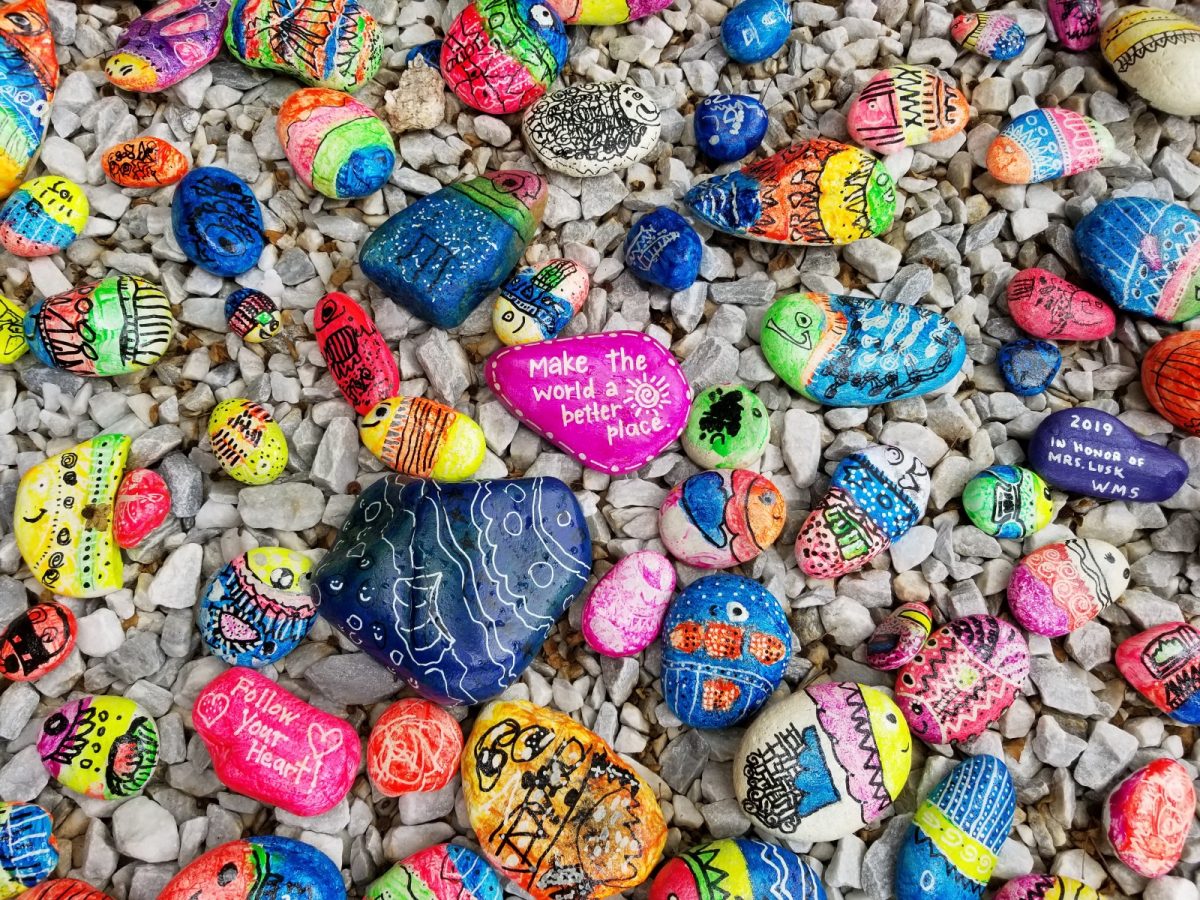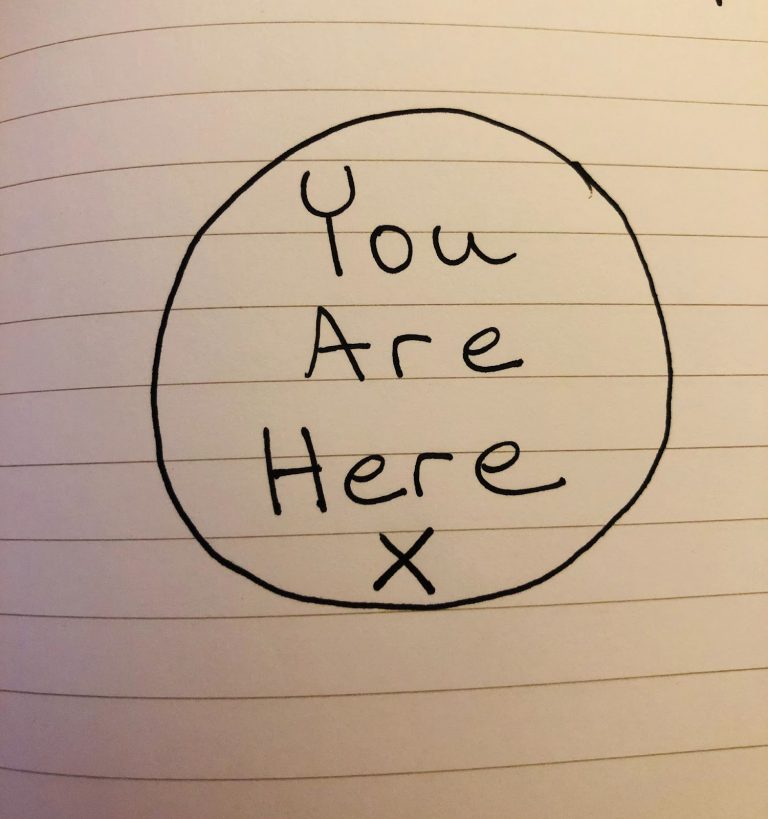
The concept of a Kindness Circle is beginning to take hold in a lot of places, from schools to communities, social volunteering and even in social work. It’s interesting how a simple act of kindness can multiply itself into thousands of good deeds in a short time, but how does that happen?
To start a Kindness Circle, you have to have a small number of people commited towards doing kind actions towards others. In a number of ways, the widespread of kindness can only help humanity to be better towards itself and the environment.
Kindness circles can also be found in the form of Time Banks, where you exchange your time for someone else’s towards a specific goal, which is considered an alternative form of economy. For example, some online schools are accepting Time Exchange instead of tuitions. Ecodemia is one of those schools, with it’s name on the Time Republik time bank.
For a long time, kindness was almost perceived a female weakness. Acts of random kindness were odd things. Normally, people don’t talk 5 minutes with the homeless person who carries poetry in suitcase. Or the woman who sits in the steps of a building for the better part of a decade. Nowadays it’s more common to see a myriad of options towards these people and a lot more interest in who they are and what they do.
In Senior Centers, or Day Centers, Homes for the Elderly, it’s quite common to see volunteers trying to spread joy in an otherwise gloomy day that looks the same as the day before.
It’s interesting that however, in the light on how we can conduct ourselves, kindness or any kind of empathy is often relegated towards the incredibly desempowered, instead of those with statuses of power and leadership. Kindness is still seen as something of the poor, an exchange of kind actions between the rest of us in order to survive a hard reality.
The segregation of rich and poor, relegates kindness acts in the form of charity from the rich and in the form of character for the poor. I wonder if this is an accurate representation of reality? It’s quite common to see upper class women doing charity events, much more than men, too.
Kindness should not be relegated towards the political, or relegated towards an ideal that only the purest of hearts can acheive. Kindness is transversal to all of humanity, from those in higher status, to those from lower classes.
A kind leadership is not more than to be someone who values everyone’s inputs and understands everyone’s values. Compassion, understanding, forgiveness and ability to problem-solve and to resolve conflicts, has been a big step in transitioning from vertical and hierarchical forms of leadership to network types of leadership, which are usually horizontal and rotating. Sustaining valueship in community and group setting is to maintain the boundary of kindness everywhere we go, when that boundary is crossed is usually difficult to rebuild trust, although not impossible.
Kindness Circles come up with a caveat of propagation of kindness, how can we be kind towards one another and value each others belonging in the world? How can we perceive the ideals of equality and diversity with the value of kindness amongst our communities as a high ideal?
More than non-violence, which at times seems forced and easily corrupted, the value of kindness and cooperation towards a kind world seems to be inclusive of those who wish to act for the highest good. Although it is most of the time exclusive of those who don’t act for the highest good, it is somehow also essential to reach out and practice kindness with everyone.
Kindness Circles, or Compliment Circles, are used in Kindergartens to teach yound children the amazing benefits of kindness in everyday life and in learning processes. There is never a moment in life, whether in childhood or adulthood where there isn’t a learning moment. Each child goes in circle, telling their peers what they like about them, starting sentences in “I like how you…”, “It’s great when you…”…
It’s of the utmost importance to bring a transversality of this in the fields which we all work on, from the frindges to the mainstream. How to apply the actual effort of kindness?
In my volunteer gigs, one of the things I’ve learned is how to be kind in the face of rudeness. Most of the time, what implies rudeness is often lack of dealt emotions and unhealthy dynamics that are revolving in the person’s life. The absence of kindness makes it so that the person feels they need to defend themselves at all times. Acts of kindness can go from a simple lack of judgment to lending a hand in support, to bottles of milk and packs of rice, to full on lending a spare bedroom to someone in need.
Concepts based in kindness can be found all over global society, from communities who build intergenerational support, from mothers who support other mothers, to alternative economies to support local businesses, to mainstream large corporations and philantropic actions. It’s an essential part of humanity which is a lot of times forgotten.
One issue with kindness is dealing with those who take advantage of the kind, and in that sense it is necessary to have tools of discussion and dialogue with other people on how to respond appopriately, without losing faith in humanity.
Kindness Circles often start with acts of kindness that can be propagated and distributed towards everyone, irregardless of who they are. Kindness can and is not bound by judgement, but a creative effort in developing human values in human beings. What is most often seen in Kindness Circles is people doing good actions that can then be exchanged by other good deeds, and in this regard, everyone involved is absorbed in kindness with the dynamics that implies.

Kindness stones are seen in a lot of places right now. Sometimes from mere unknown people who leave them in strategic places for others to find. Other times offered as gifts. The idea behind kindness stones is to allow sychronicity to find it’s kindness to whoever randomly finds it. Usually, because it’s needed.
Kindness must be the singular most needed thing in our societies today. Lack of kindness supports the whole degeneration we are against and fight in our every day lives. Lack of kindness has created most of social issues we have today, and it also is the culprit of dysfunctional family dynamics, that then easily move across other relationship dynamics.
In a lot of social circles, kindness is seen as a weakness of the frail, of the vulnerable and preyed upon. Collectively, we have to change those notions to one of reappropriation of what kindness means to us, individually and collectively.




